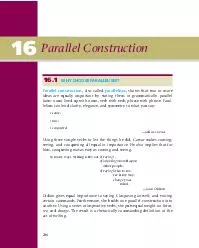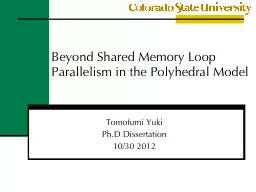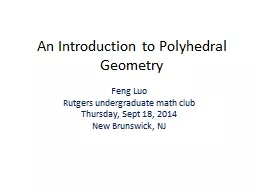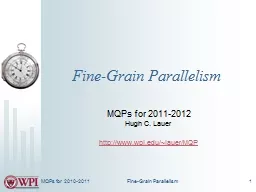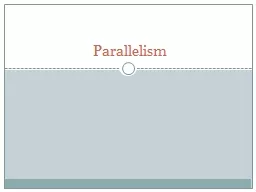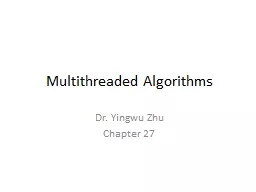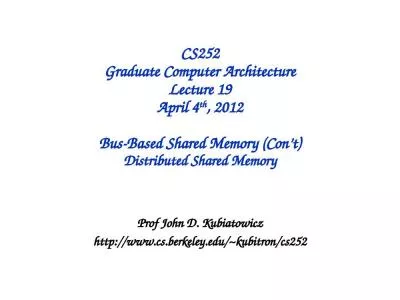PPT-Beyond Shared Memory Loop Parallelism in the Polyhedral Mod
Author : calandra-battersby | Published Date : 2017-05-30
Tomofumi Yuki PhD Dissertation 1030 2012 The Problem Figure from wwwspiralnetproblemhtml 2 Parallel Processing A small niche in the past hot topic today Ultimate
Presentation Embed Code
Download Presentation
Download Presentation The PPT/PDF document "Beyond Shared Memory Loop Parallelism in..." is the property of its rightful owner. Permission is granted to download and print the materials on this website for personal, non-commercial use only, and to display it on your personal computer provided you do not modify the materials and that you retain all copyright notices contained in the materials. By downloading content from our website, you accept the terms of this agreement.
Beyond Shared Memory Loop Parallelism in the Polyhedral Mod: Transcript
Download Rules Of Document
"Beyond Shared Memory Loop Parallelism in the Polyhedral Mod"The content belongs to its owner. You may download and print it for personal use, without modification, and keep all copyright notices. By downloading, you agree to these terms.
Related Documents


